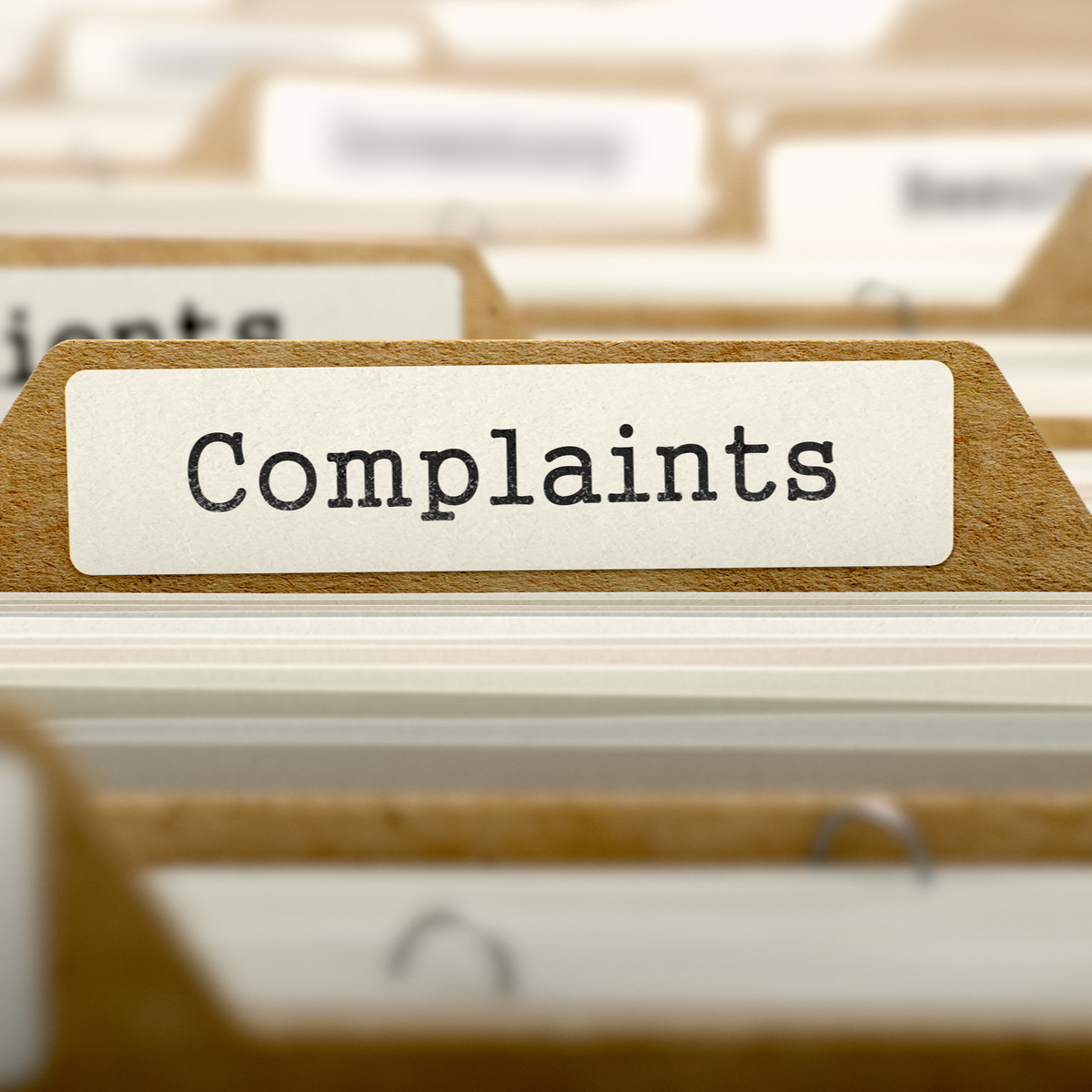
Dealing with Diversity Complaints as an Organization
“There is nowhere you can go and only be with people who are like you. Give it up.”
– Bernice Johnson Reagon
An organization must take specific actions once a diversity-related complaint has been filed.
Receiving a Complaint
If your organization has a formal complaint form and the complaint consists of notes, transcribe them to the complaint form to make sure the information is complete.
Weighing the need for an Investigation
Based on the severity of the complaint, whether there is disagreement about the incident, and how any similar complaints were handled in the past, decide whether an investigation is warranted. If the issue is simple and straightforward, or easily resolvable, a full investigation may not be warranted. But if the charge is serious — or you sense there are other factors below the surface at play, an investigation is in order. You can identify one or more company employees to conduct the investigation, use a licensed investigation professional, or retain an attorney to conduct the investigation.
A company investigator should have some prior experience along with the ability to remain impartial and discreet. He or she should have higher ranking, if possible, than the complainant. Certain situations merit the use of an outside investigator.
Conduct an Investigation
You will want find out who complained, why, who is being accused of discrimination, whether any witnesses have been named, and what potential employment decision is being questioned. Follow the process below.
- Map out the investigation
- Assemble documents and other evidence
- Plan and conduct interviews
- Review and evaluate the evidence
Take Action
If you find that discrimination occurred, take corrective action. You want to a) end the discrimination and b) remedy the victim’s situation(s). Carefully evaluate the circumstances and consider corrective actions. The punitive actions should correspond to the level or severity of the infraction(s). And even if a solid conclusion cannot be made, preventive actions can be taken.
Document the Investigation
Keep all notes and documentation of the findings. Write a short formal report explaining the decision along with the reasons. Keep a copy in the company’s confidential files; it should never go into an employee’s personnel file.
Follow Up
Contact the complainant on occasion to make sure that problem has stopped, that there has been no retaliation, and that the employee feels safe and comfortable. At your discretion, you may also wish to contact the accused employee as well to make sure things have returned to normal.
Learning from the Complaint
Regardless of the outcome of the complaint, if you found ethnic, racial, gender or disability practices, now is the time to make things better.
Conclusion
All complaints must be taken seriously and dealt with in a professional manner. As a company you should be prepared with documentation, policies, and procedure to follow if a complaint is ever made.

